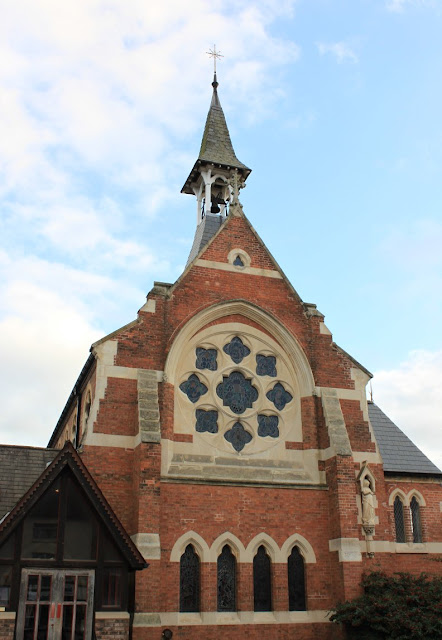 |
| Warwick: Eastgate... part of what was the wall around the old city |
 |
| Warwick: Castle. Where would we be without castles? This one one was put up by William back in 1068 - part of the conquering thing. |
 |
| Stratford-upon-Avon: Bard's birthplace. This bloke tormented more high school English students down through the centuries than you can ever imagine! |
 |
| Stratford-upon-Avon: Will's early home |
 |
| Stratford-upon-Avon: Ye olde Lollie Shoppe |
 |
| Bath: The Temple was dedicated to Minerva - the Roman goddess of wisdom and sponsor of arts, trade, and defence. Here she was known as 'Sulis- Minerva' - a conflation with the former Celtic goddess of the hot springs. |
 |
| ... Except now pilgrimage has become tourism and it's the proprietors not the priests who turn a profit! |






